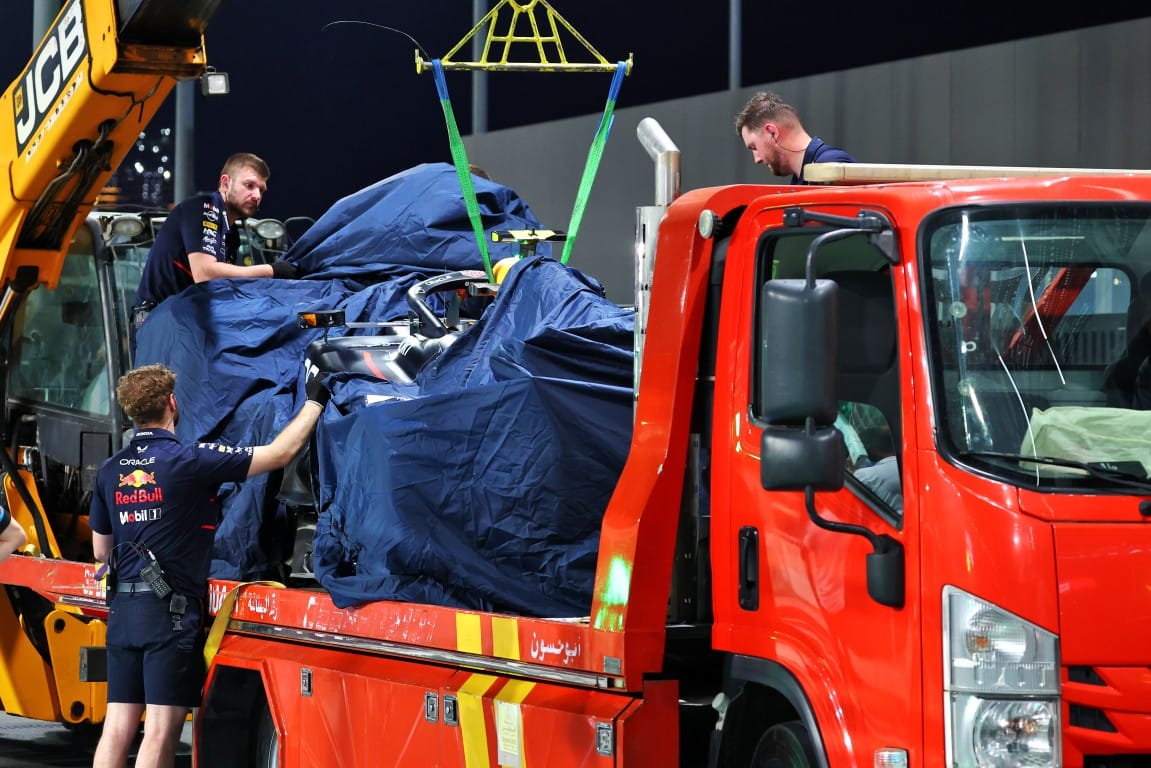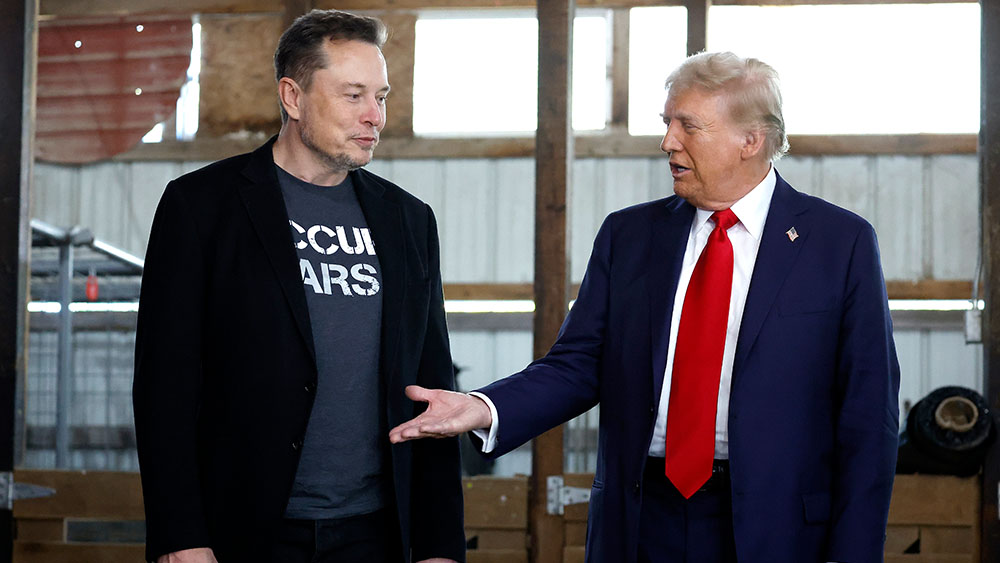Security Teams Shrink as Automation Rises — Is This the Future?
In today’s fast-evolving cybersecurity landscape, a significant shift is taking place. As organizations adopt automation to manage traditional security tasks, security teams are noticeably shrinking; automation trims security teams. This shift represents more than cost-cutting; it reflects a fundamental reimagining of how security operations can be structured in an age of artificial intelligence, machine learning, […] The post Security Teams Shrink as Automation Rises — Is This the Future? appeared first on Cyber Security News.
.webp?#)
In today’s fast-evolving cybersecurity landscape, a significant shift is taking place. As organizations adopt automation to manage traditional security tasks, security teams are noticeably shrinking; automation trims security teams.
This shift represents more than cost-cutting; it reflects a fundamental reimagining of how security operations can be structured in an age of artificial intelligence, machine learning, and automated response systems.
For technical leaders, this trend presents both unprecedented opportunities and complex challenges.
The question is no longer whether automation will change security teams but how leaders should navigate this transition to create effective, efficient security operations that optimally leverage technological capabilities and human expertise.
The Changing Landscape of Security Operations
The traditional security operations center (SOC) with dozens of analysts monitoring alerts and responding to incidents is rapidly becoming obsolete.
Today’s security leaders oversee smaller, more specialized teams that focus on high-level strategy, complex threat analysis, and automated system oversight.
This evolution is driven by several factors: the overwhelming volume of security alerts that exceeds human capacity to process, the shortage of skilled security professionals, budget constraints, and significant advancements in security automation platforms.
AI-powered solutions now handle tasks requiring multiple analysts, from alert triage and correlation to initial incident response and threat hunting.
This represents a pivotal shift for leadership, from managing large teams to orchestrating an ecosystem where human analysts and automated systems work together.
The most successful security leaders recognize that this isn’t simply about replacing people with technology but redefining roles to leverage uniquely human capabilities while automating repetitive, high-volume activities.
Strategic Implementation of Security Automation
The integration of automation into security operations requires thoughtful leadership and strategic planning. Organizations that implement automation tools without rethinking their security structure often fail to realize the full benefits of this transformation.
Successful leaders approach this transition with both technological understanding and organizational wisdom.
- Identify automation-ready processes: Begin by mapping your security workflows and identifying which methods are most suitable for automation based on volume, repetitiveness, and decision complexity.
- Invest in skills transition: As routine tasks become automated, invest in upskilling your team for higher-value work requiring judgment, creativity, and complex analysis that machines cannot yet perform effectively.
- Establish human oversight mechanisms: Create clear protocols for when automated systems should escalate to human analysts, ensuring critical decisions are made and maintaining appropriate human judgment and accountability.
- Measure both efficiency and effectiveness: Develop metrics that evaluate not just cost savings and speed improvements, but also the quality of security outcomes in your new hybrid human-machine environment.
- Cultivate a culture of continuous adaptation: Foster an environment where ongoing change is expected and valued rather than resisted, building team resilience.
The most successful organizations maintain a balance where automation handles the high-volume routine work while human analysts focus on strategy, complex investigations, and emerging threats that require innovative thinking.
This symbiotic relationship between technology and human expertise represents the future of effective security operations.
Leading Teams Through Technological Transformation
Managing the human aspects of this transition may be the most challenging leadership task in the automation journey.
Security professionals who have built careers around increasingly automated skills may experience uncertainty, resistance, or concern about their future roles.
Effective leaders acknowledge these legitimate concerns while painting a compelling future vision. This transformation offers security professionals the opportunity to evolve from reactive alert handlers to proactive threat hunters and strategic advisors, roles that are ultimately more rewarding and impactful.
Communication becomes paramount during this transition. Leaders must clearly articulate how automation will enhance the team’s capabilities rather than replace jobs.
This means celebrating the successful implementation of automation as a team accomplishment that frees human talent for more meaningful work. It also requires transparency about how roles will evolve and what new skills team members need to develop.
Leaders who successfully navigate this transition focus on creating learning opportunities, providing training resources, and allowing time for skill development.
They recognize that the human-automation partnership works best when security professionals understand the capabilities and limitations of their automated systems and can effectively oversee their operation.
- Foster a mindset of augmentation rather than replacement: Consistently reinforce that automation tools augment human capabilities rather than replace human value, emphasizing how technology handles routine tasks so analysts can focus on complex challenges.
- Create visible career paths: Develop and communicate precise growth trajectories for security team members that showcase how roles will evolve in an automated environment and what new opportunities will emerge.
The security leaders who thrive in this new paradigm will be those who can effectively integrate technology and human talent while maintaining team cohesion, morale, and purpose throughout the transformation.
The future of security operations isn’t about choosing between people or technology, it’s about orchestrating both to create capabilities that are more excellent than either could be achieved alone.
Find this News Interesting! Follow us on Google News, LinkedIn, & X to Get Instant Updates!
The post Security Teams Shrink as Automation Rises — Is This the Future? appeared first on Cyber Security News.










































































